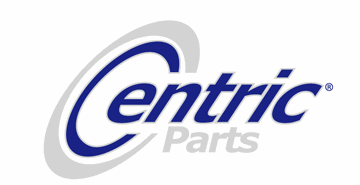By aftermarketNews staff
LOS ANGELES – Centric Parts, manufacturer and supplier of aftermarket brake components and systems for import and domestic cars and trucks, has installed a second fully functional dynamometer to support the ongoing growth and innovation within the company and its StopTech and Power Slot divisions.
 "The Centric Parts commitment to product innovation and quality meant our current dynamometer was fully booked with a long list of projects spanning all of our divisions," said Dan Lelchuk, president of Centric Parts. "This addition will help fuel the company’s projected growth for years to come."
"The Centric Parts commitment to product innovation and quality meant our current dynamometer was fully booked with a long list of projects spanning all of our divisions," said Dan Lelchuk, president of Centric Parts. "This addition will help fuel the company’s projected growth for years to come."
The company and its divisions have experienced explosive product growth since installing the first dynamometer two years ago. This has included StopTech adding two new lines of race-ready Big Brake Kits while introducing the ultra-performance division’s full line of performance brake pads, the rollout of Power Slot’s award-winning Power Alloy enhanced brake rotors and Centric Parts expanding the company’s replacement brake pad options.
The first dynamometer represented a significant cost that included the six-figure price of the equipment plus extensive upgrades to the facility to accommodate its installation and operation. Investing in a second unit just two years later signals the company’s unswerving commitment and growth, says Lelchuk. "When your business is safety, performance, reliability and innovation, as is the case for Centric Parts, it makes sense to invest in the right testing and development equipment," he said.
The new Link 3900NVH Dynamometer from Link Engineering joins the current Link 3900 Dynamometer at the StopTech facility in Southern California, where much of the ultra-performance division’s manufacturing takes place. Both provide the ability to reproduce a wide range of brake noise issues and incorporate state-of-the-art technology for optimal correlation to actual operating conditions. The brake test cells are separated from the dynamometer drive and support systems to isolate outside noise and vibration sources.
The newest addition can simulate twice the gross vehicle weight for brake testing and development, up to 25,000 pounds, and also now provides Centric Parts with the ability to test a wide range of parking brake scenarios. The dynamometers can also operate up to 2,800 RPM to simulate speeds in excess of 210 miles per hour, which is key for the company’s performance and ultra-performance divisions.











